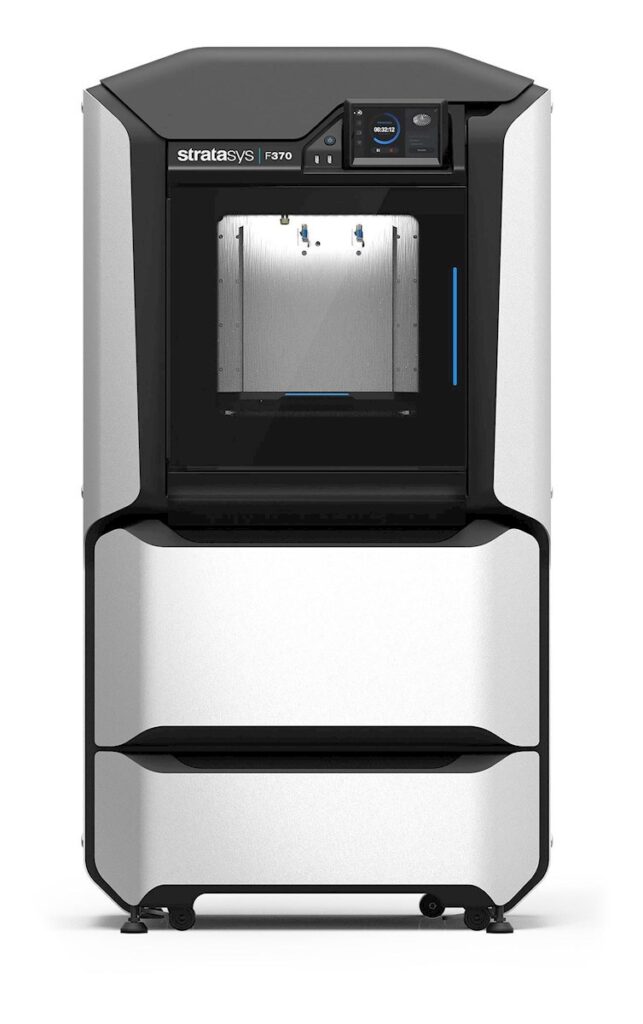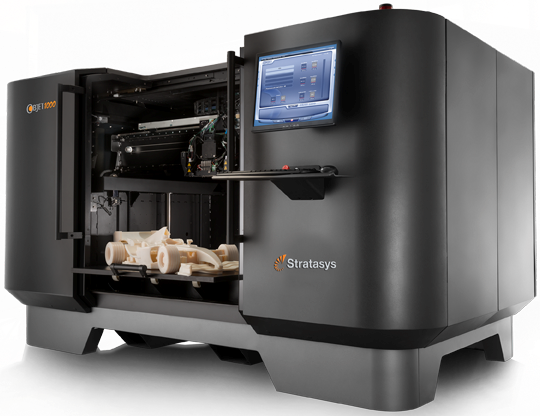There is so much inventory available when you are looking to purchase a 3D printer. So, what makes the difference between all of these machines? Here are a few crucial points you need to clarify before you dive into the world of additive manufacturing.
What is your application?
In other words, what are you going to be using your 3D parts for? Is your interest in additive manufacturing purely for entertainment? Something to tinker with on the weekend? If so, you are probably looking at a low-cost machine; one that is less user friendly and will produce only moderately consistent parts. These printers are bound to produce more problems than parts simply because the system components are intentionally cheaper. Although these problems may pose an interesting challenge for those technically equipped hobbyists, other folks may throw up their hands when something goes wrong. We recommend Makerbot as an entry level machine. Makerbot has an excellent support team in case you run into any trouble with your printer.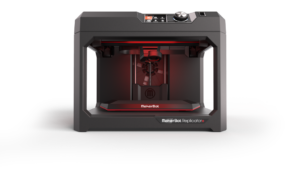
Will you be purchasing a machine for your business or use in the classroom? If producing prototypes are important to your business, we suggest three things:
- Choose the 3D printing technology best suited for your business or application (i.e., FDM, PolyJet, SLA, etc.).
- Select a reputable company to purchase your machine from.
- Purchase a service contract for your machine in the event your system malfunctions.
Consistency, accuracy and repeatability are essential for any business using a 3D printer. And most low-cost printers will not meet all three of these attributes (some may not meet any!). If you are ready to make a serious investment into additive manufacturing, Stratasys 3D printers are some of the most reliable, consistent and professional printers on the market today. Choose from a range of different machine prices to find the technology and printer best suited for your business.
If you are purchasing a machine for use in a classroom setting (at university or other secondary schooling) you may want to shop around for some education discounts or bundles.
What materials will you be using?
Depending on the printing technology you select, material options may be limited. Most prototyping needs do not require any specific colors, although most low-cost printers offer you the full rainbow of cheap plastic colors.
If your application requires a part to have heat tolerance, this is something to consider when selecting your machine. Most materials offered with a printer will come with a spec sheet detailing physical and chemical properties of the material.
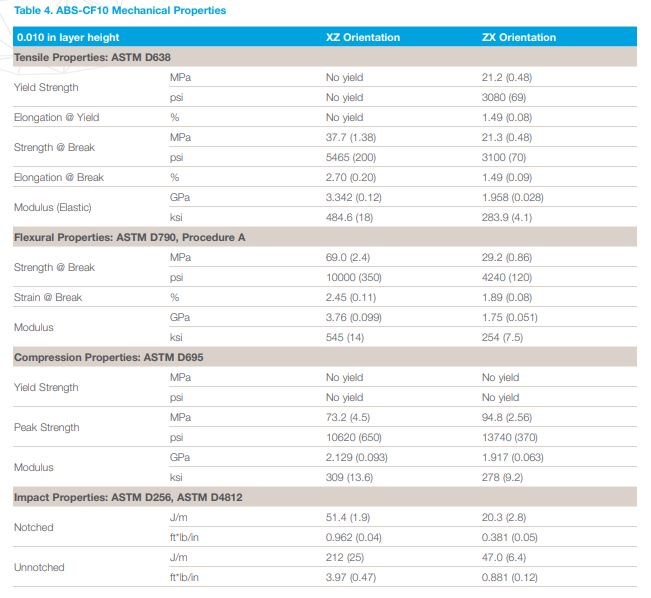 Not all materials are created equal!! Companies like Stratasys spend hundreds of hours creating new printing materials designed to meet different needs for different applications. Additionally, companies who create their own materials design the plastics, polymers, resin, etc. to interact seamlessly with the systems they were designed for. Reputable companies will scrutinize the production of new materials, so be sure to do your research on this point.
Not all materials are created equal!! Companies like Stratasys spend hundreds of hours creating new printing materials designed to meet different needs for different applications. Additionally, companies who create their own materials design the plastics, polymers, resin, etc. to interact seamlessly with the systems they were designed for. Reputable companies will scrutinize the production of new materials, so be sure to do your research on this point.
What is your price point?
And finally, the question everyone wants answered, how far can my budget take me when purchasing a 3D printer? Often times people will find a decent machine for what they think is a fair price, and then end up spending more money on repairs and more time fixing the machine. You have to weigh the cost of maintenance from a monetary perspective, as well as time allocated for upkeep and user maintenance. We highly recommend purchasing a service contract if this option is available for your 3D printer.
Let’s talk numbers. There are several categories of pricing for these systems:
- Less than $1,000
- Between $1,000 and $5,000
- $10k to $50k
- Up to $100k
- $100k and above
We will spend more time talking about the last three categories simply because we are a reseller of Stratasys systems. If you are limited to less than $1,000 you will likely fall into the category of hobbyist printers. As explained in a previous section, these machines often produce more trouble than they are worth. However, if you are comfortable with disassembling machinery and have a general understanding of how low level electro-mechanical components function, this may be just the technical challenge you are looking for. You will likely find printers that only utilize FDM technology at this price point.
3D printers between $1k and $5k have gotten significantly more robust in recent years. Again, you will mostly find FDM technology with a few low-level SLA printers sprinkled in. Formlabs systems have become increasingly popular in this price range. One noteworthy drawback is the lack of consistency between parts. Even though SLA technology is known for consistent, repeatable parts, unfortunately this price point cannot justify perfect batches of parts every time. The same lack of part consistency can be found in most FDM printers in this price range. 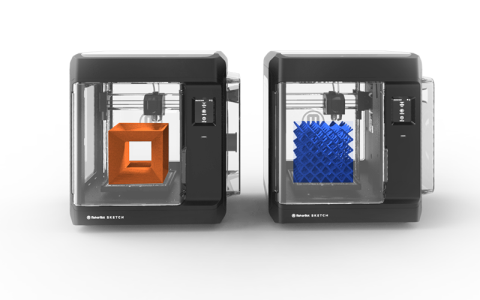
Taking a big jump now up to $50k, these printers are nothing to mess around with. Stratasys offers several FDM systems as well as a few entry level PolyJet machines. A quick synopsis of PolyJet technology: these machines use a resin or photopolymer which is deposited onto the build tray and then instantly cured by intense UV light to form a hardened structure. The print heads have incredibly small orifice plates to jet a very precise amount of resin and thus yield extremely accurate models (down to 15µ layers). Entry level Stratasys PolyJet machines start at $30k and go up from there. Stratasys FDM machines in this price point will be extremely reliable and produce some seriously consistent models. The temperature-controlled build chamber will perform a routine “temperature soak” prior to each build, ensuring the optimal environmental conditions for specific Stratasys material to be deposited and stacked seamlessly. For the purposes of keeping this article a reasonable length, check out the F123 Series and PolyJet Desktop machines on our website for more information.
From $50k to $100k, you will start to see some added features in the FDM and PolyJet machines. Larger build areas, increased material selection and typically greater material storage for larger models and longer up-time with less user interference. PolyJet machines in this range are capable of printing flexible materials such as Agilus and Tango, and full-color models using special print heads to mix colored resin and create specific colors and shades (this can be a great tool for design firms and design engineers). Some of the Stratasys FDM printers also offer flexible materials, namely TPU, in this price range.
And lastly, we come to the most impressive and capable machines the additive manufacturing industry has to offer. For over $100k you will have access to every printing technology across the entire industry; this includes FDM, PolyJet, SLA, (and moving into the less accessible technologies) powder fusion, laser sintering, and more. These printers specialize in large build volume and heavy output for production-level purposes. Some of the high-end Stratasys PolyJet systems can replicate human tissue and bone specifically designed for doctors and surgeons to simulate live procedures (check out the J750 Digital Anatomy Printer). Recently popular in the premium SLA machine technology space is RPS. This company offers some of the largest vats and unbelievably accurate and consistent model production of any SLA company. For fusion and laser sintering technology, Stratasys has recently come out with the H350; and another company you may have heard of in this technology space is HP. Some FDM systems, like the Fortus 900mc, can cost upwards of $500,000 and even beyond. Most all of these machines require trained professionals and skilled engineers to maintain and be run properly. Although, you would be surprised at how user friendly these beasts are.
If you have stuck with us this far, hopefully this information has shed a bit of light on what makes the difference between the ever-expanding market of 3D printers. Very difficult to stay out of the weeds, as you can go into great depth on just about every paragraph in this article. If you have any questions of your own, our team of additive manufacturing experts are always at your disposal. Contact our team today and discuss the next steps to get you started with a machine of your very own.


